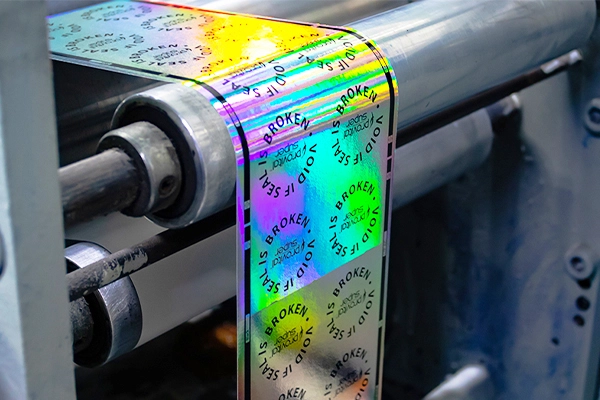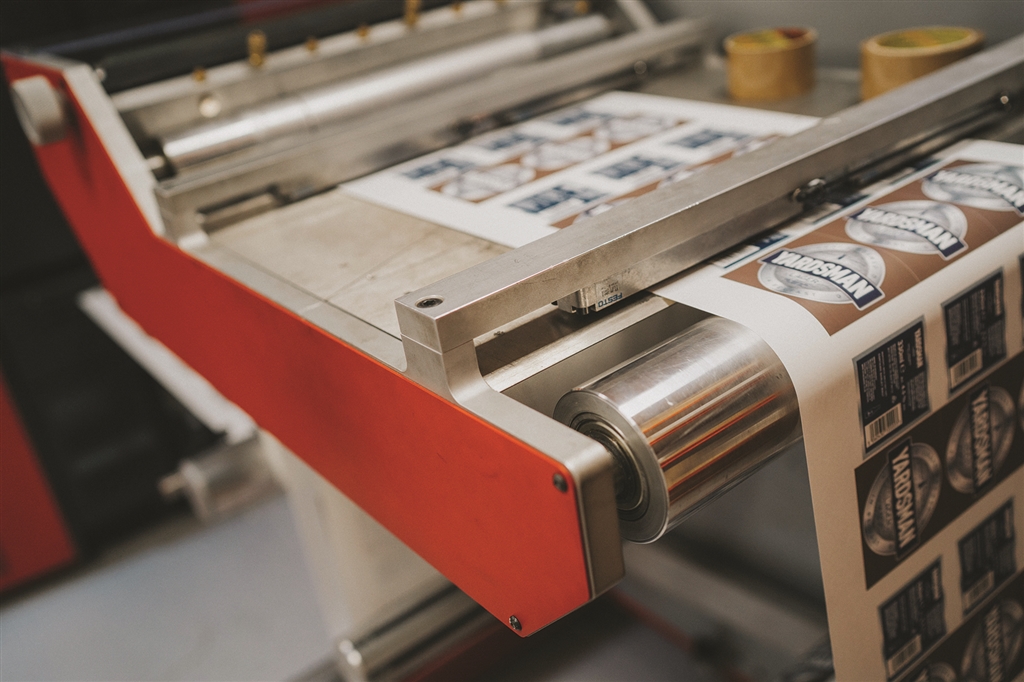In today’s world, security is paramount, particularly when it comes to the protection of sensitive documents. Invisible ink printing for security has emerged as a significant method to safeguard documents from unauthorized access and counterfeiting. This innovative technique ensures that vital information remains protected, accessible only to those who are authorized to view it.
By leveraging the power of invisible ink printing, businesses and governments can enhance their security measures effectively. This article will delve into the intricacies of this technology, exploring how it works, its benefits, and its applications across various sectors.

What is Invisible Ink Printing?
Invisible ink printing involves the use of inks that are invisible to the naked eye but can be seen under specific conditions, such as ultraviolet (UV) light. This technique plays a crucial role in security printing, where the objective is to prevent forgery and unauthorized reproduction of documents.
How Does Invisible Ink Work?
The ink used in invisible ink printing contains special chemicals that react to UV light, making the printed information visible. This reaction is what makes invisible ink an effective tool for security purposes. The ink remains hidden until exposed to the right conditions, ensuring that only authorized individuals can access the information.
Types of Invisible Ink
- UV Reactive Ink: This type of ink becomes visible under UV light.
- Heat Sensitive Ink: This ink requires heat to become visible.
- Chemical Reactive Ink: These inks require a chemical reaction to be seen.
Benefits of Using Invisible Ink for Security
The use of invisible ink printing offers numerous advantages, especially in the realm of document security. Here are a few key benefits:
Preventing Counterfeiting
One of the primary uses of invisible ink is in anti-counterfeit measures. By integrating invisible ink into document designs, organizations can make it significantly harder for counterfeiters to replicate sensitive documents. Counterfeit printing methods provide further insights into how invisible ink contributes to this field.
Enhanced Authentication
Invisible ink printing allows for the inclusion of hidden markers and codes that can be used to verify the authenticity of a document. These markers are only visible under specific conditions, making unauthorized duplication challenging.
Versatile Applications
Invisible ink is versatile and can be applied to various materials, including paper, plastic, and textiles. This adaptability makes it suitable for use in a wide range of industries.
Applications of Invisible Ink Printing
The applications of invisible ink printing extend across numerous sectors, each benefiting from the enhanced security it provides.
Banknotes and Financial Documents
One of the most common applications is in the printing of banknotes and financial documents. Invisible ink is used to add security features that are difficult to reproduce, safeguarding against counterfeiting.
Official Government Documents
Governments use invisible ink to protect official documents such as passports, ID cards, and visas. This ensures that these documents cannot be easily forged or altered.
Product Packaging
In the commercial sector, invisible ink is used in product packaging to prevent tampering and ensure the authenticity of products. This helps companies maintain brand integrity and consumer trust. For more on how security printing is implemented in packaging, visit Lithotech.
Challenges and Considerations
While invisible ink printing offers significant benefits, there are also challenges to consider. These include the cost of implementation, the need for specialized equipment, and the potential for technological advancements to eventually circumvent current security measures.
Cost of Implementation
Implementing invisible ink printing can be expensive due to the cost of the inks and the need for specialized printing equipment. Organizations must weigh these costs against the benefits of enhanced security.
Technological Advancements
As technology evolves, so do the methods used by counterfeiters. It’s crucial for organizations to stay ahead by continuously updating their security measures.
Future of Invisible Ink Printing
The future of invisible ink printing looks promising, with ongoing research and development aimed at improving its effectiveness and accessibility. Innovations in this field will likely lead to even more robust security solutions in the years to come.
Integration with Digital Technologies
There is potential for integrating invisible ink with digital technologies to create even more secure systems. For example, combining invisible ink with RFID tags can offer a dual-layer of security for documents. For further reading on RFID tags, check out RFID tags in printing.
Conclusion
In conclusion, invisible ink printing for security is an invaluable tool in the fight against counterfeiting and unauthorized document access. Its ability to provide a hidden layer of security makes it an essential component in modern security printing. As technology advances, the role of invisible ink in protecting sensitive information will only continue to grow.

FAQs
What is invisible ink used for?
Invisible ink is primarily used for security purposes, such as preventing counterfeiting and verifying the authenticity of documents.
Can invisible ink be seen by anyone?
No, invisible ink is designed to be visible only under specific conditions, such as UV light, making it secure from unauthorized viewers.
Is invisible ink printing expensive?
While the initial costs can be high due to the need for specialized inks and equipment, the benefits of enhanced security often outweigh these costs.
This article contains affiliate links. We may earn a commission at no extra cost to you.







